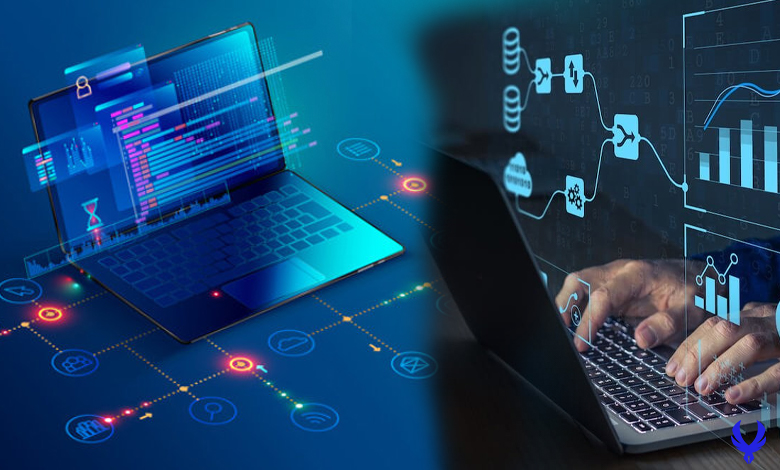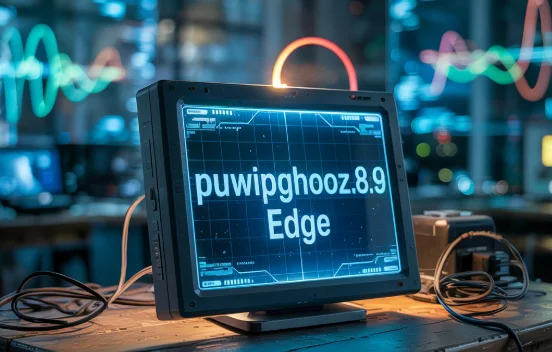Thejavasea.me is a platform known for hosting leaked and unauthorized data. Over time, it has become a hub for individuals seeking access to confidential information, ranging from personal credentials to corporate files. While the site operates in a gray area of legality, its presence raises serious concerns about cybersecurity, data privacy, and ethical internet use.
What Is AIO-TLP287?
AIO-TLP287 is a specific data package that surfaced as part of the leaks associated with Thejavasea.me. The term “AIO” stands for “All-In-One,” indicating that this package contains a wide array of information bundled together. “TLP” refers to the Traffic Light Protocol, a classification system used to regulate information sharing. The number “287” likely represents a unique identifier for this particular set of leaked data.
What’s Inside the AIO-TLP287 Leak?
The leaked package contains a mixture of sensitive and potentially harmful information. Corporate data, login credentials, and personal details are among the primary contents. Additionally, the leak includes software tools that could be used for unauthorized access or cyber exploitation. The nature of these leaks makes them particularly dangerous for both individuals and organizations.
Corporate Data at Risk
The leak contains confidential company information, including internal emails, financial records, and employee details. Such leaks can severely impact business operations, leading to reputational damage, financial loss, and even legal consequences. Companies affected by this data exposure may need to take immediate action to mitigate the risks and secure their systems.
Compromised Login Credentials
Usernames and passwords found in the leak pose a serious threat to online security. Cybercriminals often use leaked credentials for credential stuffing attacks, where they attempt to gain access to multiple accounts using the same password. Individuals who have used Thejavasea.me or associated services should change their passwords immediately to prevent unauthorized access.
Personal Information Exposure
The breach includes personal details such as names, email addresses, and financial information. This kind of exposure increases the risk of identity theft and phishing attacks. Cybercriminals can use this data to impersonate individuals, commit fraud, or sell the information on the dark web. Protecting personal data should be a top priority for anyone potentially affected.
Hacking Tools and Exploits
Beyond personal and corporate data, the leak also contains software tools that can be used for unauthorized access. These tools include scripts for automating cyberattacks, software cracks, and other potentially harmful programs. The availability of such tools poses a significant risk to cybersecurity, as they can be used by individuals with malicious intent.
Who Is Affected by the Leak?
Both individuals and organizations face consequences from the AIO-TLP287 leak. Companies may experience financial loss, reputational damage, and increased cybersecurity risks. Individuals whose data was exposed may suffer from identity theft, unauthorized transactions, and phishing scams. The impact of such a leak extends far beyond the initial exposure, as the stolen information can be exploited for months or even years.
Cybersecurity Risks and Legal Implications
The leaked data poses multiple cybersecurity risks, including unauthorized access to accounts, corporate espionage, and an increase in cyber fraud. The legal implications depend on the jurisdiction, but data breaches of this scale often lead to regulatory investigations, lawsuits, and enforcement actions. Affected businesses and individuals should seek legal advice and take proactive steps to secure their digital presence.
How to Protect Yourself from Data Leaks
Taking immediate action is essential for minimizing the impact of a data breach. Individuals should check whether their credentials have been compromised using tools like Have I Been Pwned and enable two-factor authentication for added security. Businesses must conduct security audits, update passwords, and educate employees about cybersecurity best practices. Staying informed about emerging threats is crucial to reducing the risk of future leaks.
Also Read This Blog: Cryptopronetwork Adrian: Insights into His Blockchain Innovations
Conclusion
The Thejavasea.me Leaks AIO-TLP287 is a stark reminder of the vulnerabilities that exist in the digital age. With personal, corporate, and cybersecurity data at risk, it is more important than ever to implement strong security measures and stay vigilant against potential threats. Whether you are an individual user or part of an organization, proactive steps can help protect your information from being exploited.
FAQs
What is Thejavasea.me Leaks AIO-TLP287?
Thejavasea.me Leaks AIO-TLP287 is a data breach involving leaked corporate and personal information. It contains login credentials, confidential files, and software tools that could be misused.
Who is affected by the AIO-TLP287 leak?
Individuals, businesses, and organizations with data stored on compromised platforms may be affected. Users with exposed credentials should take immediate security measures.
What type of data is included in the leak?
The leak includes usernames, passwords, personal details, corporate emails, financial records, and proprietary software tools.
How can I protect myself from data leaks?
Use strong passwords, enable two-factor authentication, and monitor your online accounts for suspicious activity. If your data is compromised, change your passwords immediately.
Is it legal to access leaked data?
Accessing or distributing leaked data can violate privacy laws and lead to legal consequences. It is best to report breaches to relevant authorities instead.





